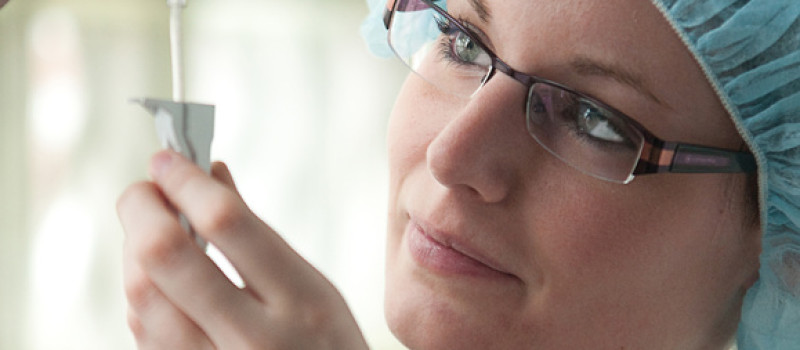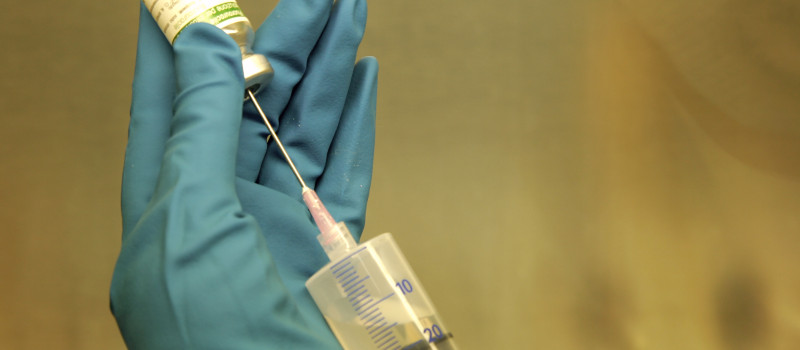Noise and Stress in Long Term Care Facilities
- Noise is potentially hazardous not only to hearing, but also to normal physiological and psychological functioning.
- The complex hospital soundscape contributes to healthcare worker stress and burnout, known risk factors for job dissatisfaction and absenteeism
- Our ongoing study involves long term care health care workers and include evaluation of the acoustical environment as well as personal measurements of stress related markers such as salivary cortisol levels and heart rate variability
Evaluating the Effectiveness of Violence Prevention Programs in Health Care
- Violence in health care situations has become a major occupational health concern with health care professionals experiencing higher rates of workplace violence compared to other occupations.
- The project aims to develop leading and lagging indicators specific the risk of violence in health care in BC
Risk Assessment and Risk Management Tool for Health Care in BC
- Health Care Workers are exposed to chemicals through diagnostic and therapeutic procedures, cleaning, sterilization procedures, and laboratory analysis as well as through housekeeping, laundry and maintenance related activities such as painting and plumbing.
- The initial phase of this study concentrates in acute care nurses’ exposures to five chemicals: Cyclophosphamide and Methotraxate (drugs used for chemotherapy), Formaldehyde, Glutaraldehyde and Acetone.
Safety Sharps Project
- Injuries with sharp medical devices, such as needles and scalpels, are related to the most serious exposures to hepatitis C, hepatitis B, and HIV.
- A new study titled: Safety and conventional sharp devices: A survey of nurses and physicians in BC has recently been funded by the Canadian Institute of Health Research. The survey will be launched on December 2016 and will be administered among a random sample of registered nurses, with our collaborator The College of Registered Nurses of British Columbia
- Our previous two-phase ‘Safety Engineered Medical Devices Activation Study – The BC Experience’ was conducted in six participating hospitals in three health authorities from 2009 to 2011.
- Phase 1 included audits of sharps disposal containers and Phase 2 involved conducting 45 semi-structured interviews with healthcare workers.



